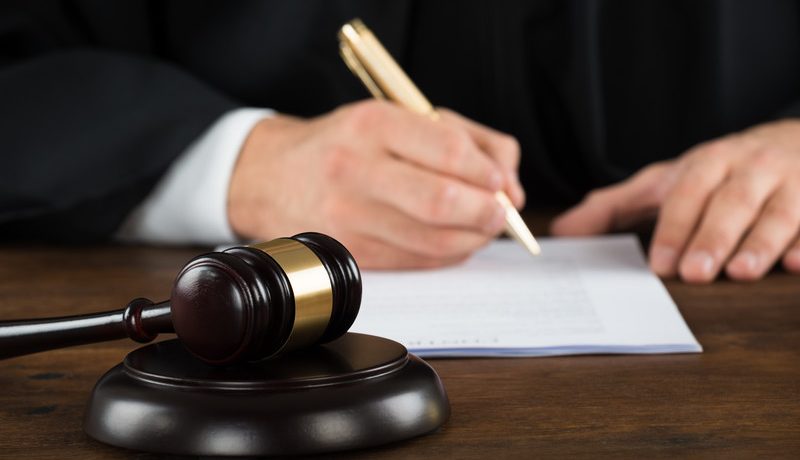Never Forget to Document Before Legal Proceedings
In previous articles, we talked about the eviction process and the importance of documenting properly.
While non-payment of rent is the cause of most evictions, other lease violations whether minor or major, can also lead to tenancy termination and eventually with legal proceedings.

For example, activity that generates excessive noise which offend other tenants’ rights to the quiet enjoyment can be considered a correctable lease violation.
In this situation, landlord can start to speak with the tenant about the problem and request cooperation from the tenant. It may also be a great opportunity to give tenants a refresher training about the provisions in lease agreement and/or house rules as well as the importance of complying with them.
Meeting With Tenants in Person
If the landlord chooses to meet the tenant in person, he or she should make sure to document the conversation. This documentation should include the meeting date and time, what happened, when the incident happened, and who was involved. Additionally, a brief summary of what was said, and the corrective actions stated should also be included in the documentation.
The Lease Violation Letter
If the violation continues after in-person meeting or verbal discussion, it’s recommended that landlord send the tenant a lease violation letter, which is a formal written communication that should include the following:
- What happened, when it happened, and who was involved;
- Quote the provisions from the lease agreement and/or house rules;
- State the date(s) landlord has previously spoken to the tenant about the same kind of violation;
- Warn the tenant repeated violations could cause tenancy termination;
A 3-day notice to perform covenant or quit may be issued if the problem continues to recur. This notice should contain the following information:
- The names of all adult occupants of the units plus “and all others”;
- All adults named on the lease must be named on the notice;
- If anyone regularly stays in the unit but not named on the lease, include that person’s name on the notice;
- The address and unit number;
- A specific statement about which lease and/or house rules provision has been violated and how it was violated;
Example: You have violated Paragraph 14 of the lease agreement and Paragraph 12 of house rules prohibiting unauthorized occupants from staying in the unit. You allowed two people not named on the lease to stay in the unit.
- Request tenants to comply with the lease provision immediately;
- Include a paragraph that the tenant either complies with the lease and/or house rules or must move-out within 3 days. Otherwise, landlord will pursue legal actions;
- Signature and date;
In some occasions, you may need to have supporting documentations to prove your case. These documentations include:
- Written tenant’s complaint
- Written incident report
- Written police report
- Photographs
- Camera footages
Some serious lease violations include hoarding and cluttering behavior, property damages, thefts, assaults on other tenants, and illegal activities. In these situations, a 3-day notice to quit should be issued timely. An incident report will be a very helpful tool to support legal proceedings and should include the following information:
- The location where the incident took place;
- The date and time of the incident;
- The names of all persons involved and witnesses;
- A detailed description of the incident;
- Police report number if available;
- What follow-up action has been taken;
Remember, you must always document properly and comprehensively whether the lease violation is major or minor one.
Capture and control all your lease and tenant related documentation using ManageCasa property management software. It’s document management you can rely on.
More on the ManageCasa blog: Property Management Software | Small Landlord Software | Top Landlord Mistakes | Landlord Software Features | Landlord Accounting Software | Landlord Challenges | Tenant Landlord Issues | Mobile Landlord Tools | Simple Landlord Software | Rent Negotiation for Landlords | Landlord Support | Landlord Tax Deductions | Landlord Bookkeeping | Landlord Risk & Liability | Landlord Software Features




